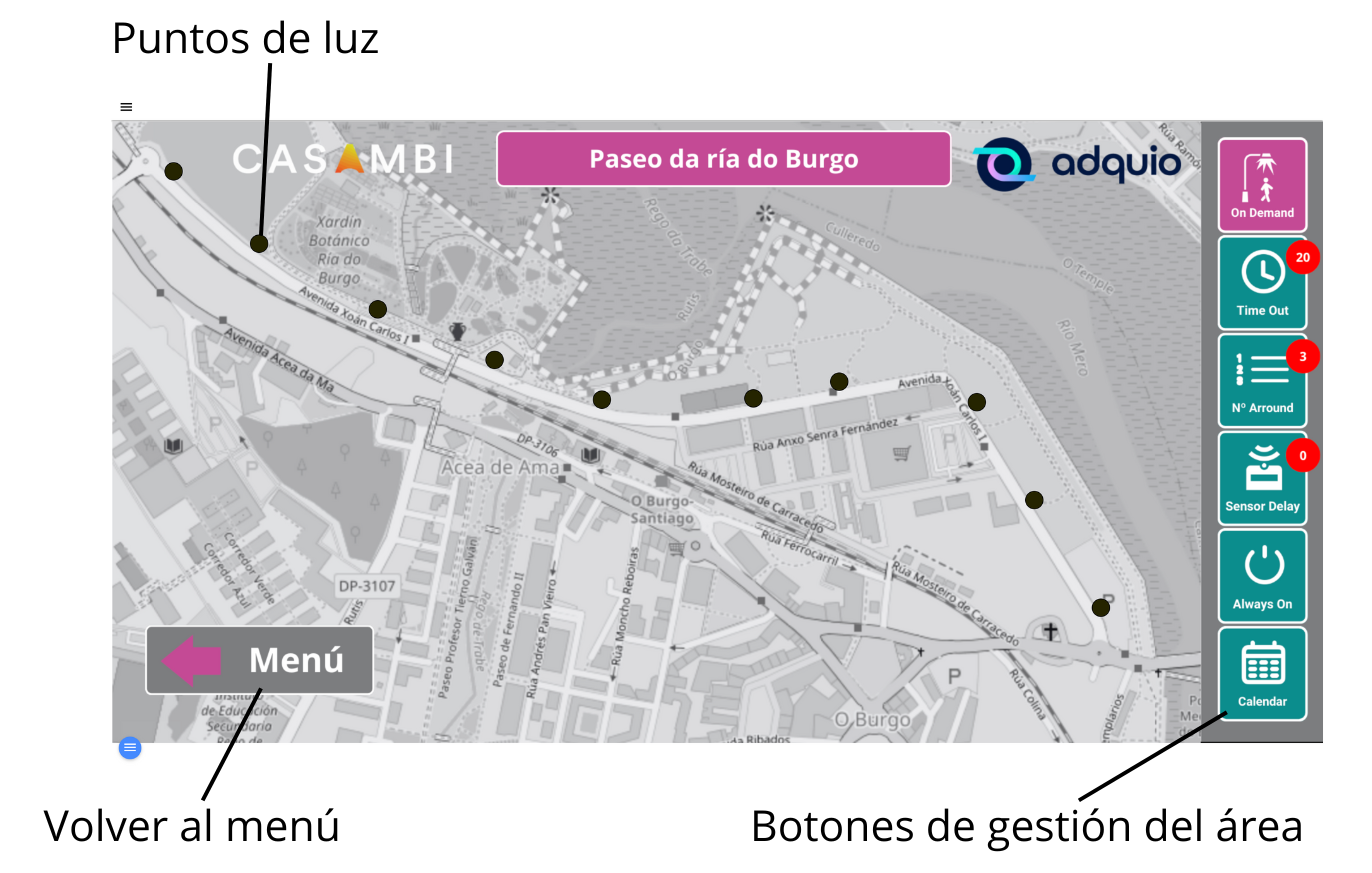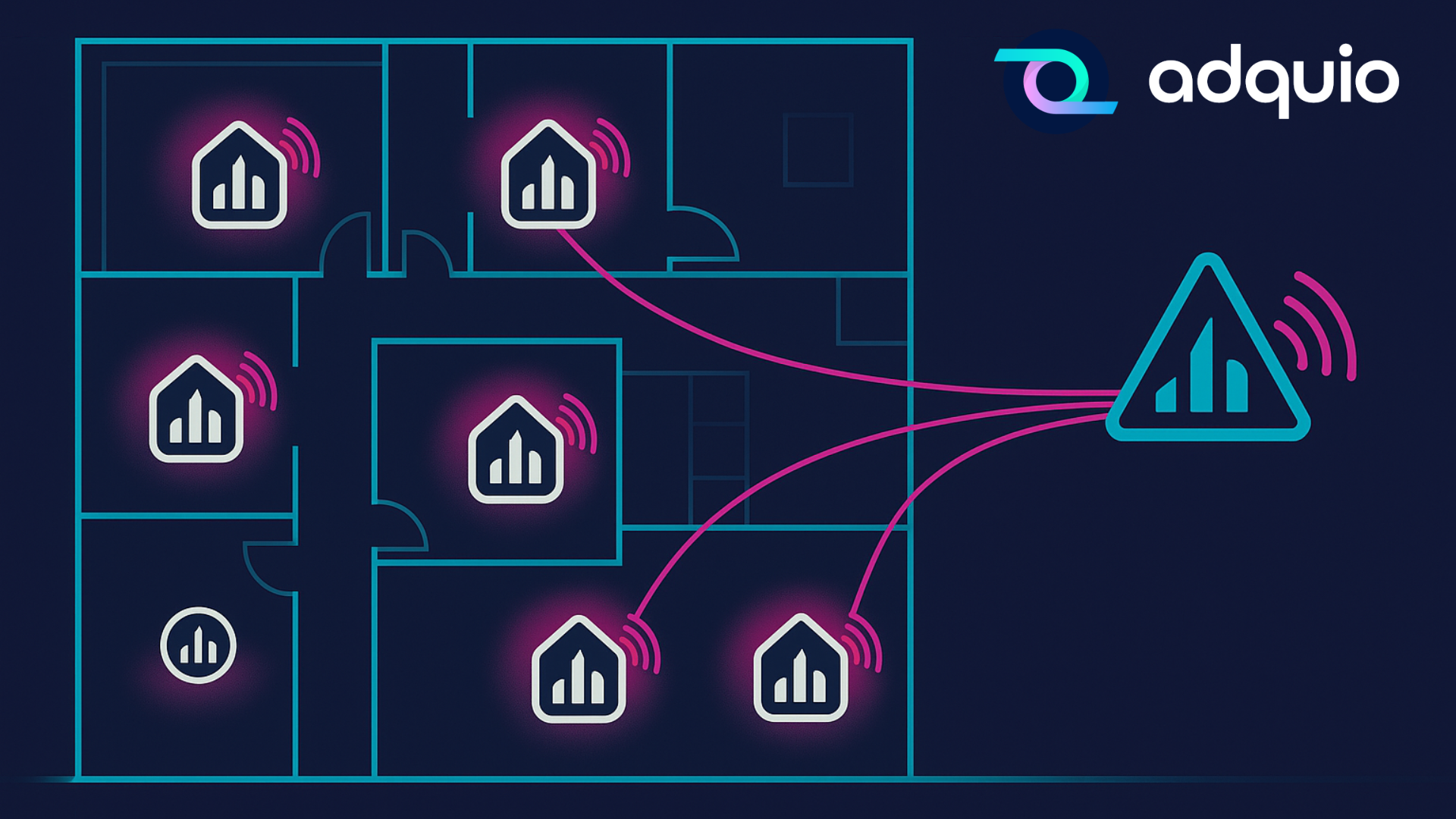As we all know, nowadays there are many projects focused on energy optimization. On the one hand, because of the benefit to our planet, and on the other hand, because technological advances mean that changes to improve lighting often pay for themselves quickly.
This is especially relevant in public lighting, where it is not only possible to optimize consumption changing the technology of led lighting, but by optimizing when these light points are switched on, since, in contrast to indoor lighting, in many cases outdoor lighting is subject to a policy of lighting on demand.
What does it consist of?
It is quite normal to see the streets of our cities fully illuminated when no pedestrians are using them. This is a total waste of resources, since these consumptions are totally dispensable, at least to a large extent.
This is achieved in two ways: by turning off or dimming the lighting when it is not needed, and by using a control system that allows managing all the light points of each street in a unified way.
And when is it not necessary?
It is not necessary when there are no pedestrians on the street. This is achieved with presence sensors in each luminaire. In this way, the lighting can be adapted to the actual use of the street by switching on or increasing the power of a luminaire when a pedestrian approaches.
In addition, when presence is detected, the light points upstream and downstream of the pedestrian’s current position are illuminated, allowing the pedestrian to have a view of his or her path according to his or her direction. In this way, pedestrians passing through the street have their correct lighting, whereas if the street is empty, the lighting will be switched off or dimmed, allowing those responsible for the lighting to make impressive energy savings.
In addition, the system is multi-user, i.e., it supports any number of users on the street, up to a maximum of the luminaires being always on on a busy day. In the case of higher occupancy, energy consumption is the same as the previous system on any given day of use.
And how is all this managed?
The easiest way to do this is with Casambi and Adquio technologies. On the one hand, Casambi is in charge of communicating all the light points wirelessly, both the luminaire itself and its presence sensor. On the other hand, the Adquio control system can manage up to 30 light points in each Casambi network, and all this wirelessly, i.e. no control cables are needed in the luminaire, only power supply. This makes it possible to easily upgrade existing systems.
The number of luminaires in each network is set by Casambi Long Range technology, which recommends a maximum of 60 devices in this type of network. By communicating in each light point two elements (luminaire/driver and presence sensor), the total number of light points of this type is 30.
For each of these networks, the Adquio controller manages the entire power-on-demand system and, above all, immediately sends the status of the entire network to the central system at all times. Additionally, it receives the configuration of the operating mode of this lighting on demand: number of light points to be switched on, intensity, delay, etc.
And what is this central system?
An Adquio SCADA Cloud is installed in this central system. This system receives data from all connected streets or locations, and allows the control and visualization of everything in real time. It supports the connections of all Adquio controllers that are controlling each street, and allows the manager to remotely view, configure and manage all the lighting, let’s see how:

The controlled locations can be sorted or grouped by the criteria of the user’s choice. Alphabetical order, by zones, etc.
Clicking on each area will take you to the management screen for that area:
Let’s see how each button works:

- On demand: On demand lighting is enabled, this button disables ‘Always On”.
- Time Out: Seconds that the luminaire must be on when it stops detecting presence.
- Arround no: Number of luminaires to be switched on around the one that has detected presence.
- Sensor Delay: Seconds that a presence detection must be delayed to act.
- Always On: The luminaires must always remain on, it is exclusive with the “On Demand” button.
- Calendar: Allows you to set dates for special lighting and twilight sensor operation.
As you can see, Adquio SCADA is so versatile that it can manage any user interface and any number of connected devices. Additionally, it solves the complex communication between each area and the server, and of course, secures all these connections with top-grade protocol.
The energy savings achieved with these Casambi + Adquio control systems, together with the changeover to LED public lighting, achieves the following benefits:
- Modernization of facilities.
- Rapid cost amortization.
- Energy savings of up to 98% with lower public spending.
- Decrease in carbon footprint.
- Less light pollution at night.
- Drastic increase in the control of each area remotely.
- Increased maintenance efficiency by having accurate information on errors and their locations.
- Real-time vandalism attempt alarms
We hope all this information will be useful for you and your customers. Let’s make a better world for all.






